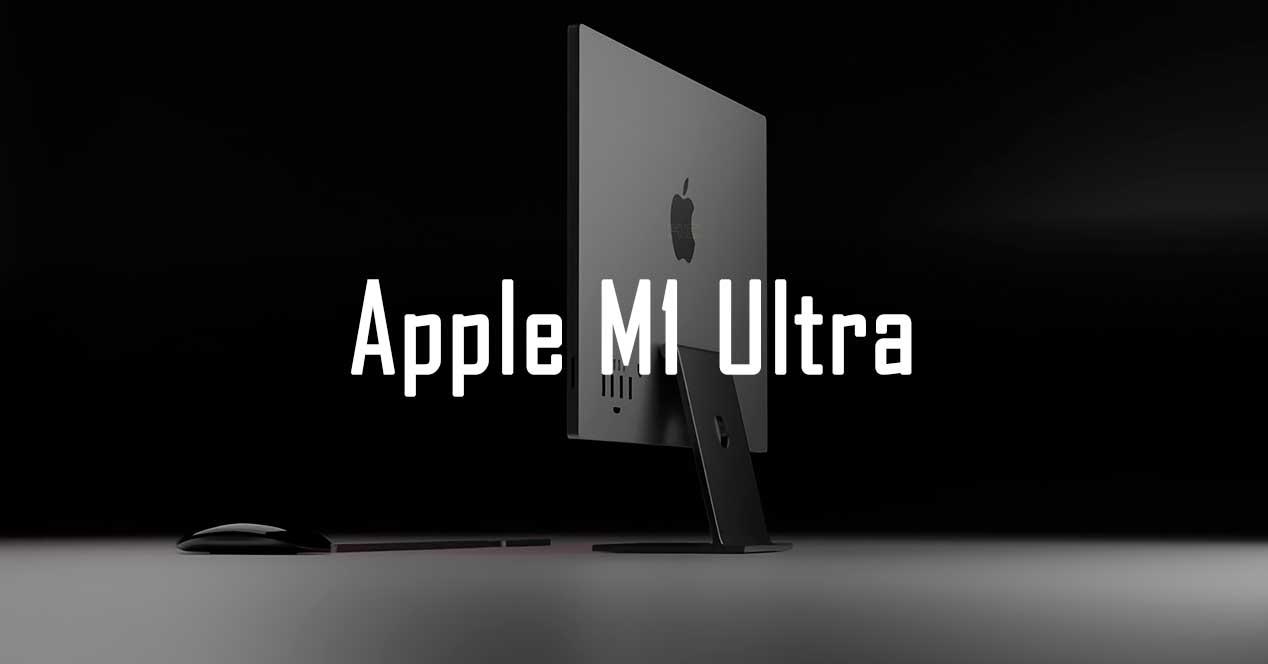The Cupertino chip has come to stay and complete the call: Apple Silicon, which is nothing more than knocking down any Intel processor or AMD GPU to place their processors in their products. The last thing to change was precisely the Mac Pro processor, where the problem was precisely its high performance for professionals. Well, the new M1 Ultra fixes that in one fell swoop and literally crushes Intel’s Xeon W.
Apple M1 Ultra, exceptional performance
The data leaked again on Geebench, where someone already has a Mac in their hands and thanks to that we have the M1 Ultra score. What is offered reveals 1,793 points in Single Core and 24,055 in Multicore, which represents a percentage deviation from the 21% and 56%
This is more or less in line with what Apple was talking about, since it gave the key figure: +60% vs Xeon W. Therefore, the new Mac Studio which will arrive on March 18 will start with a significant performance improvement thanks to this M1 Ultra, but what is the real difference compared to the i9-12900K?
Comparing these two processors is more interesting because they represent the stronghold of each company, although a similar comparison should really be made with the i9-12900KS, for which there is no data, so we will settle for the first.
Apple M1 Ultra vs. Intel Core i9-12900K
Here the data is disparate and everything is much closer. Considering that the Apple chip is composed of 20 hearts (16 high performance and 4 efficiency) compared to Intel’s 8+8, seeing scores of 2,044 points and 19,140 points on average indicates that Intel is ahead and behind at the same time.
Indeed, on Single Core, we have an average score of 14% higher for the i9-12900K, while on Multicore, it loses by one 20% about. Knowing that Apple has 4 more cores, but fewer threads, the comparison is really interesting despite the fact that later the faces will be seen in more optimized software.
And what about AMD? Well, there is nothing good left in principle, and we explain ourselves. The Ryzen 9 5950X, which spearheads desktop and architecture, as well as speed, achieves 1,550 points on average and just over 15,000 on multi-core.
This means that AMD would be behind in the first one with more than 13% and with an approximate figure of 37% In a second. But of course, its processor is limited to 144 watts on all boards, so there’s room for the 200 watts on average expected by Apple and Intel. Range unlocking with PBO2 Margins are tight, but still lagging by almost 10% and 25% respectively.
In short, Apple has once again hit the bullseye, at least a priori, we will have to see how it behaves in other suites and benchmarks.










